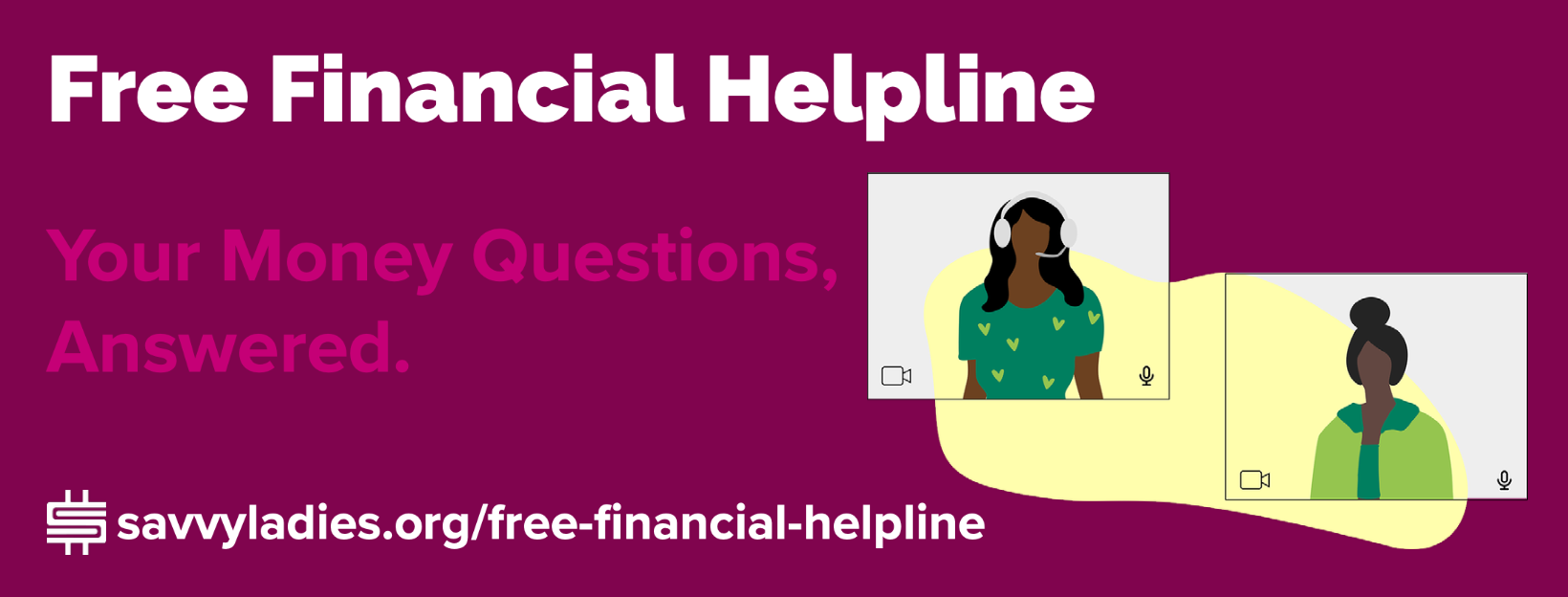By Savvy Ladies Helpline Volunteer Vanessa N. Martinez, Managing Director and Partner of The Lerner Group
The gig economy has endless possibilities and allows flexibility for a better work-life balance. For this reason, many people are jumping at the opportunity of freelancing and becoming their own boss. Caution! Before you dive in, make sure you are prepared. It’s important to conduct market research and weigh the pros and cons.
The grass isn’t always greener on the other side. It’s a saying we’ve all heard at some point in our lives, and I believe it’s what sometimes keeps people in the same place. The thought of stepping into new and unknown territory is daunting. It’s easier to take the safe road, play it safe, and stay where you are, but it will be difficult to reap big rewards without taking risks. Being cautious doesn’t mean take a back seat, it means taking the right seat.
Understanding the gig economy
There are plenty of products and services offered that are tailored to meet individual needs – there is even a gig to be someone’s friend. As bizarre as that sounds, there is a need for everything. With that need comes demand and people willing to supply it. If you’ve found your niche, then you’re ready for the next step. What is your product or service worth?
Let’s get into the questions you need to ask yourself and do a little math:
- What is your current hourly rate? (If you are working, if you’re not, then we can skip this step and assign yourself an hourly rate).
- How many hours does it take to provide this service or create this product? Once you have that information, move to the next step to compare your speed and quality on a project.
- What does the market pay for your product/service? This step requires some market research, but it will give you leverage when negotiating a price.
If you’re a hands-on learner like me, then you will love this next exercise. Follow along through these examples and by the end of this, you should be able to apply to your situation and conclude: Is this gig beneficial to you? Is the time spent on these projects paying off?
Example: Hourly Rate from your current employer: $50
| Product/ Service | Hours per project | Project cost + Supplies & Misc expenses | Total project cost | Market price | Profit/loss |
| Painting a portrait | 3 | You charge $200 per project + $50 in misc expenses | $250 | $250 | $0 |
In this scenario, you invested $200 of your time plus $50 in miscellaneous expenses for a total of $250. The market price of a similar portrait is currently $250. Overall, you break even. In this case, you have to find a way to reduce your misc expenses to make a profit or reduce the time your spend on the project. Now let’s take a look at another example:
| Product/ Service | Hours per project | Project cost + Supplies & Misc expenses | Total project cost | Market price | Profit/loss |
| Corporate Photographer | 2 | $600/ hr + $20 misc expenses +1 hr editing @$50 /hr | $1270 | $800 per hour
Editing $60/hr = $1660 |
$390 |
In this scenario, you made a profit. Your cost per project is lower than the market price. This is where research pays off. When there is a high demand but a low supply, you can charge above average for services depending on your experience and reputation.
Is the gig economy right for you? Based on this information you can see that it certainly has its advantages. There’s plenty of opportunities to make additional income, work at your own pace and choose the service or project you want to provide. Keep in mind that it can also come at a great cost if you don’t conduct independent research before taking on a new project. If done right, you can reap the benefits and enjoy the freedom that it provides while doing what you love!



